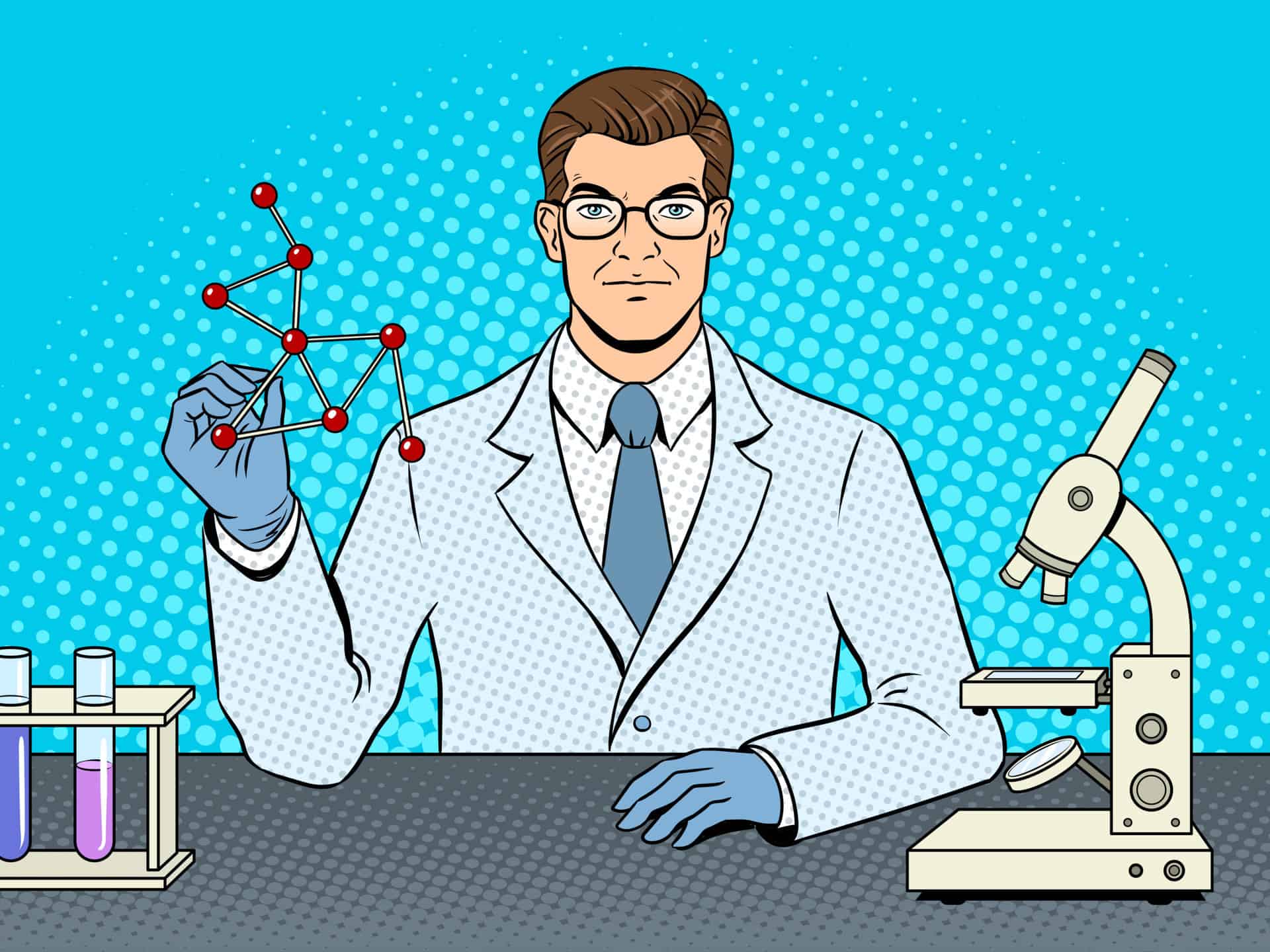It has long been known that Attention Deficit Hyperactivity Disorder is caused by a combination of genetic and environmental factors. Recently, however, scientists have been looking more closely at the role of environmental toxins in ADHD development.
There is growing evidence that exposure to certain chemicals can contribute to the development of ADHD in children. While more research is needed, this link should not be ignored.
Could Chemical Exposure Be the Cause of ADHD?
More and more evidence is suggesting a correlation between children developing ADD/ADHD and exposure to chemicals. Some chemicals have stronger ties than others, but even the inconclusive studies warrant paying attention to the possible connection between toxic chemicals and ADD/ADHD.
Everyday toxins found in food, carpeting, cleaning products, and personal-care items may play a significant role in disorders such as ADHD, autism, and learning disabilities according to scientific research.
Infants and children are more vulnerable to exposure from toxic chemicals because their biological systems aren’t fully developed yet. even tiny amounts of toxins during foetal development can have a lifelong effect on the child’s physical and mental health. Disabilities such as ADHD can occur when toxins interfere with brain development.
In 2010, the Learning and Developmental Disabilities Initiative (LDDI) released the first study to identify toxic chemical pollution among people with learning and developmental disabilities, called “Mind, Disrupted: How Toxic Chemicals May Affect How We Think and Who We Are.”
Following is a list of common chemicals implicated in the development of ADD/ADHD.
Phthalates
Phthalates are a group of chemicals used to make plastics more durable. They help plastic products last longer and resist breaking or shattering. Phthalates are in a variety of products including food packaging, cosmetics, cleaning products, vinyl flooring, and adhesives.
Even though phthalates are toxic and children’s toys are prohibited from using them, they remain in medical devices such as plastic tubes and catheters found in children’s hospitals.
Many experts are concerned that phthalates may negatively impact child neurodevelopment and a five year study in Norway confirmed the link between phthalates and ADHD. Prenatal exposure to phthalates has been linked with externalising behaviours and executive functioning defects, which are suggestive of an attention-deficit hyperactivity disorder (ADHD).
Pesticides
The role of pesticides in ADHD is becoming more understood. Some types of pesticides, called organophosphates, have been linked to neurodevelopmental disorders.
Studies found traces of these chemicals in the urine samples of children with ADHD; even if those kids didn’t live near farms or other places where agricultural spraying might occur. This implies that the children were exposed to organophosphates in a manner other than proximity to a farm where they were sprayed.
According to research, children with higher levels of organophosphates in their urine are more likely to exhibit the signs of ADHD .Bats and other animals are unaffected by organophosphates since they do not have AChE. This enzyme is blocked by organophosphates, causing death in insects. Researchers believe that if AChE does not work properly, ADHD symptoms can appear in humans.
Heavy Metals
According to research, exposure to heavy metals can significantly impact the brain and may lead to ADHD.
Lead
A number of research have shown that lead’s interference with neurological function might contribute to ADHD. Children are frequently exposed to lead paint in old homes and on some imported toys, which is the primary source of exposure.
Mercury
Mercury is a metal that has long been vilified by many people. It was used as a preservative in certain vaccines and as a component in dental fillings. Mercury can also be found in batteries, thermometers, and other objects.
Because mercury is liquid at normal temperatures, it vaporizes rather quickly if heated, putting places where waste is incinerated in industrial furnaces at greater risk. Mercury poisoning can cause ADHD-type symptoms.
Cleaning Products
Household cleaning products come with so many warnings and cautionary labels that we don’t always notice what we’re spraying or wipes we’re using. We assume that the government wouldn’t allow these products on store shelves if they weren’t safe.
While it’s true that many of these cleaning chemicals have been tested for safety, the long-term effects of exposure are not always known. While the majority of products used in most households are safe, some substances sold for household use can be toxic.
Ingesting, inhaling, or absorbing (through the skin and mucous membranes) these toxins – even in low levels – can be harmful to you and your family.
Over time, these toxins may accumulate in the body and cause symptoms similar to ADHD. Because the symptoms of ADHD do not appear immediately after exposure to a toxin, it is often not considered as a possible cause.
What doesn’t cause ADHD?
Unfortunately, there are many misconceptions and myths surrounding ADHD. These false accusations often damage parents or lead them to believe they have done something wrong in raising their children.
However, it seems these myths are exactly that: mythical.
According to the CDC, there is no evidence that ADHD is caused by:
- eating too much sugar
- watching too much television
- poverty
- family problems or a chaotic home life
Studies into the possible causes of ADHD are ongoing, and more research needs to be done in order to better understand the link between ADHD and chemical exposure. However, the possible connection between toxic chemicals and ADD/ADHD cannot be ignored.
Many diseases, such as cancer and ADHD, have been linked to exposure to toxic chemicals and pesticides. As our understanding of conditions like ADHD grows, we may find that chemical exposure is only one small part of a much larger puzzle.
In conclusion, we should be more mindful about what we allow ourselves and our kids to interact with. Because of the presence of titanium dioxide, a poison banned in Europe, sweets like Skittles have been deemed unfit for consumption.
Titanium dioxide is a naturally-occurring, odourless white powder that is often used as a pigment in various candies (e.g. Skittles), cosmetics, and even house paint regardless of the colour. It does an excellent job at scattering visible light which gives off a brighter appearance for whatever it is applied to but has been found to be a potential carcinogen when inhaled.
While more research is needed to determine the exact link between ADHD and chemical exposure, we should be careful about what chemicals we expose ourselves and our children to. It’s better to be safe than sorry.








